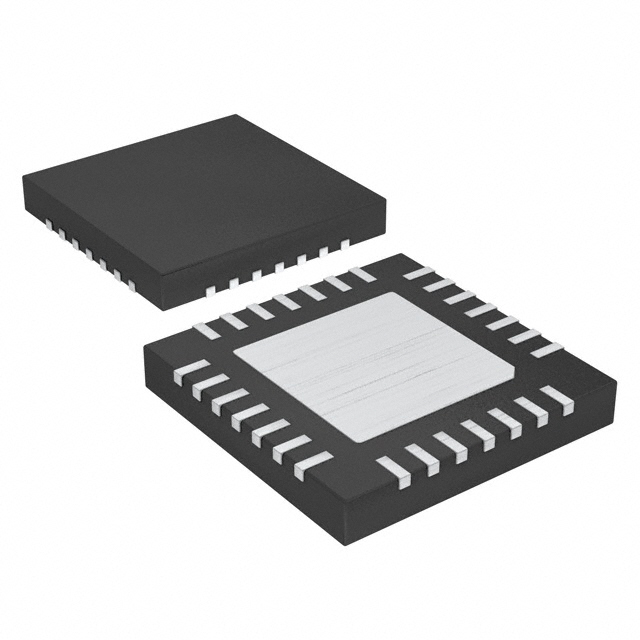Technical Specifications
Parameters and characteristics for this part
| Specification | LIS3LV02DQ-TR |
|---|---|
| Acceleration Range [Max] | 6 g, 2 g |
| Acceleration Range [Min] | -2 g |
| Axis [x] | X |
| Axis [y] | Y |
| Axis [z] | Z |
| Bandwidth [Max] | 640 Hz |
| Bandwidth [Min] | 10 Hz |
| Features | Adjustable Bandwidth, Selectable Scale |
| Mounting Type | Surface Mount |
| Operating Temperature [Max] | 85 °C |
| Operating Temperature [Min] | -40 °C |
| Output Type | I2C, SPI |
| Package / Case | 28-QFN Exposed Pad |
| Sensitivity (LSB/g) | 340 LSB/g, 1024 LSB/g |
| Supplier Device Package | 28-QFPN (7x7) |
| Type | Digital |
| Voltage - Supply [Max] | 3.6 V |
| Voltage - Supply [Min] | 2.16 V |
Pricing
Prices provided here are for design reference only. For realtime values and availability, please visit the distributors directly
| Distributor | Package | Quantity | $ | |
|---|---|---|---|---|
Description
General part information
STEVAL-MKI137V1 Series
The LIS3DH is an ultra-low-power high-performance three-axis linear accelerometer belonging to the "nano" family, with digital I2C/SPI serial interface standard output. The device features ultra-low-power operational modes that allow advanced power saving and smart embedded functions.
The LIS3DH has dynamically user-selectable full scales of ±2g/±4g/±8g/±16g and is capable of measuring accelerations with output data rates from 1 Hz to 5.3 kHz. The self-test capability allows the user to check the functioning of the sensor in the final application. The device may be configured to generate interrupt signals using two independent inertial wake-up/free-fall events as well as by the position of the device itself. Thresholds and timing of interrupt generators are programmable by the end user on the fly. The LIS3DH has an integrated 32-level first-in, first-out (FIFO) buffer allowing the user to store data in order to limit intervention by the host processor. The LIS3DH is available in small thin plastic land grid array package (LGA) and is guaranteed to operate over an extended temperature range from -40 °C to +85 °C.
Documents
Technical documentation and resources



